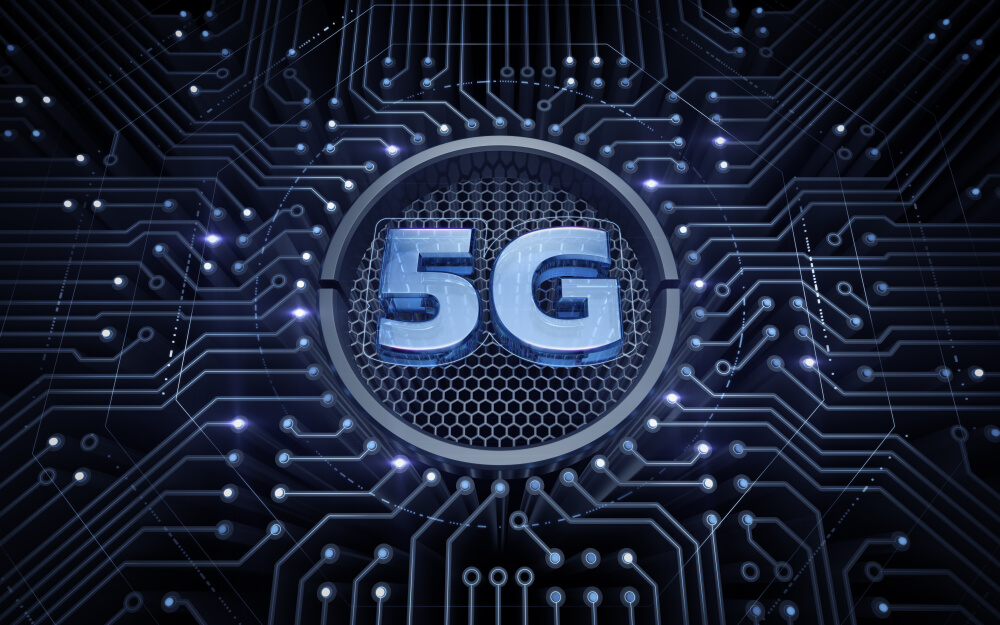High-Frequency PCBs: Navigating the Challenges of Next-Gen Communication
In a world racing toward faster, more reliable connectivity, high-frequency PCBs are at the heart of next-generation communication technologies. These specialized circuit boards ensure that devices—from smartphones to satellites—operate smoothly and efficiently at high speeds. However, designing high-frequency PCBs isn't without its hurdles. Signal loss, heat management, and maintaining signal integrity are just a few challenges engineers face in this rapidly evolving field. Understanding these complexities is key to pushing the boundaries of what's possible in the communication landscape.
What Makes High-Frequency PCBs Unique?
High-frequency PCBs are designed to handle signals in the megahertz (MHz) to gigahertz (GHz) range, which is essential for high-speed data transmission. Unlike standard PCBs, these boards must maintain signal integrity and minimize interference over long distances or high-frequency ranges. Materials like PTFE (Teflon), ceramic-filled laminates, or specialized glass-reinforced epoxy resins are often used to manage these high-frequency signals without significant loss.
The choice of materials is crucial because standard FR4 material, common in most PCBs, exhibits high dielectric losses at elevated frequencies. High-frequency PCBs use materials with lower dielectric constants (Dk) and lower dissipation factors (Df) to reduce signal degradation, ensuring reliable and high-speed data transmission.
Tackling Design Challenges in High-Frequency PCBs
Designing high-frequency PCBs comes with its own set of challenges. Here are some of the key areas where expertise and innovation play a critical role:
- Signal Integrity and Loss: At high frequencies, signal integrity can be compromised by factors like crosstalk, reflections, and impedance mismatches. Designers must carefully manage trace width, spacing, and length to maintain consistent impedance and minimize losses. Techniques such as differential pair routing and controlled impedance design are essential for maintaining signal clarity.
- Electromagnetic Interference (EMI): As frequencies increase, so does the potential for electromagnetic interference. EMI can originate from various sources, including other components on the PCB, external devices, or even the board itself. Shielding, proper grounding, and the use of low-EMI components are critical for minimizing interference.
- Thermal Management: High-frequency PCBs often generate significant heat, especially in applications like 5G base stations or radar systems. Proper thermal management is essential to ensure long-term reliability and performance. This involves using materials with high thermal conductivity, designing for optimal airflow, and incorporating heat sinks or thermal vias where necessary.
- Material Selection and Compatibility: Choosing the right materials for high-frequency applications is vital. Each material has its unique properties, such as dielectric constant, thermal expansion coefficient, and loss tangent. Designers must ensure that the selected materials are compatible with each other and with the manufacturing process to avoid issues like delamination, warping, or signal distortion.
Emerging Trends and Innovations in High-Frequency PCBs
The demand for high-frequency PCBs is driving innovation across multiple sectors. Here are a few key trends shaping the future of this field:
- Multi-Layer PCB Designs: To support complex and high-speed data transmission, multi-layer designs are becoming more prevalent. These boards allow for better signal integrity, reduced crosstalk, and improved power distribution by providing separate layers for ground planes, power planes, and signal routing.
- Advanced Materials: Innovations in materials, such as liquid crystal polymer (LCP), ceramic-loaded PTFE, and other low-loss substrates, are providing better performance for high-frequency applications. These materials offer lower dielectric losses and improved thermal stability, making them ideal for the next generation of high-frequency PCBs.
- Integration with Mixed-Signal Circuits: As devices become more complex, there is a growing trend toward integrating mixed-signal circuits (both analog and digital) on the same PCB. This requires careful design to minimize interference and ensure reliable performance across different frequency ranges.
Applications and Market Impact
High-frequency PCBs are critical components in several fast-growing industries:
- 5G and Communication Infrastructure: As the 5G rollout continues worldwide, high-frequency PCBs are essential for base stations, routers, antennas, and other communication equipment that require high-speed data processing and low latency.
- Automotive Radar and Advanced Driver Assistance Systems (ADAS): Modern vehicles are increasingly reliant on radar and communication systems to provide real-time data for navigation and safety features. High-frequency PCBs are key to delivering accurate and reliable performance in these systems.
- Aerospace and Defense: High-frequency PCBs are crucial in aerospace and defense applications, where reliability and precision are paramount. They are used in radar, satellite communication, and missile guidance systems.
- Medical Devices: With the rise of telemedicine and connected healthcare devices, high-frequency PCBs are becoming more common in medical applications that require fast and reliable data transmission.
Conclusion
High-frequency PCBs are paving the way for the next generation of communication and electronic devices, enabling faster, more reliable, and more efficient performance across various industries. As the demand for high-speed data transmission continues to grow, so does the need for innovative PCB solutions that can handle these challenges. At Ardra Circuits, we are committed to staying at the forefront of PCB technology, delivering cutting-edge solutions for high-frequency applications that meet the evolving needs of our clients.







